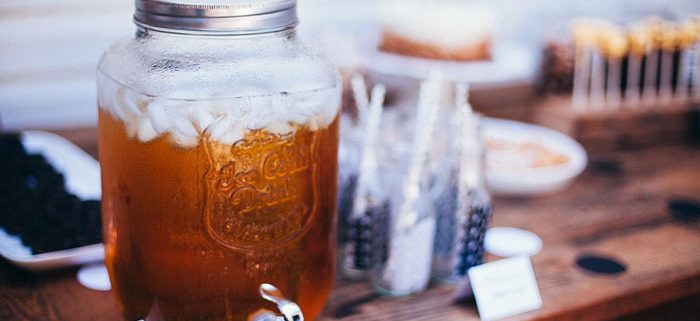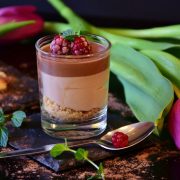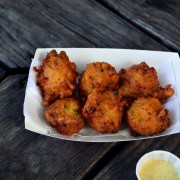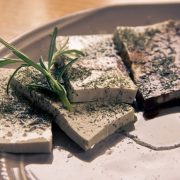Fizzy Drinks: Australia’s In-House Fermentation Ready to Spark a Revolution
Australia’s health care system is considered one of the best in the world, and it seems that the importance placed on health by public officials is seeping through to the masses. More and more Australians worry about their health than before. Many are turning to superfoods to improve themselves.
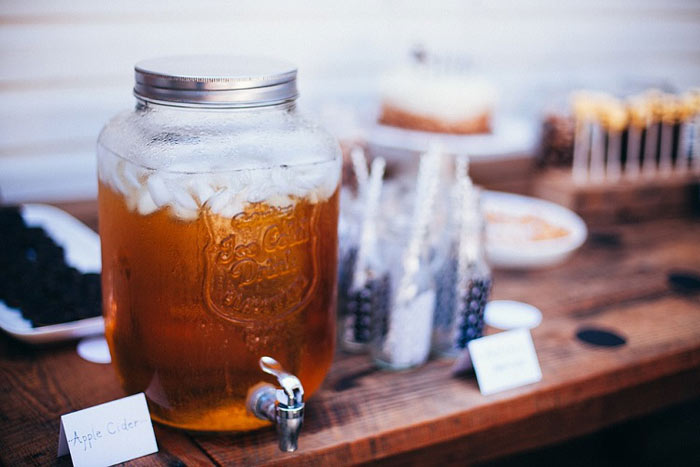
There are several examples of superfoods that Australians are interested in but only one type that seems to marry the country’s love for local produce and superfoods. Indigenous fermented drinks are slowly creeping out of obscurity and onto the tables of many patriotic Australians.
The Love of Fermented Foods
Fermenting is an ancient practice that was somewhat forgotten. Sure, some people knew that beer and wine was made by this process but most people did not.
Besides, naturally fermented drinks were no longer in style since most wines and beers used dried yeast rather than wild yeast. Wineries and beer makers also filter their beverages rather than leaving it as mother nature intended but that started changing. Many in Australia and around the world began to demand naturally fermented foods and drinks.
Part of it deals with people’s love of unprocessed foods and another part has to do with the benefits associated with fermented foods or drinks. Fermentation produces thousands upon thousands of beneficial bacteria that aid digestion, improve nutrient absorption, amongst many other benefits.
Yes, this trend has hit Australia, but it is changing in front of everyone’s eyes as more people want drinks that are closer to home.
Rediscovering Fermentation in Australia
Fermentation has been around for a long time. The trend has amused some of the picklers in Australia who have been doing it longer than the trend has been around. Some of these fermentation experts use honey to make mead while others ferment local vegetables, but some patriotic Australians are looking to make drinks that are native to Australia.
Some of these drinks are so ancient that only traditional Aboriginal cultures know about them.
One such drink was made from Tasmania’s Miena cider gums. The tree is actually endangered, so the drink is in danger of never being tasted again, which is quite tragic. Indigenous people used to collect the sap, which was similar to honey. The sap was mixed with water and was allowed to ferment just like honey mead. The drink was refreshing, akin to light beer.
Another drink that is special to Australia was called mangaitch. The drink was made from the nectar of the banksia, which is a plant native to this land. The drink has not been made for some time, but that will likely change as more fermentation experts become aware of it.
There is also a drink that might be competing against the famous kombucha drink, which is Australia’s own kambuda. The drink is made from roasted pandanuts that are soaked and crushed before they are fermented.
This love for local foods is definitely going to make things a lot easier for food manufacturers in Melbourne as well as food distributors. Many of these businesses are going to start transporting more local produce to satisfy Australia’s changing tastes. Furthermore, many of these companies are going to start making trips to forgotten communities around the country, which should help boost economies where it is needed the most.
Australians will need to be patient because these drinks have not made it to hipster stores just yet, but they are on their way. Of course, experts in fermentation are probably already hunting for these ingredients, and that is okay, too. One thing is certain, it is an exciting time to be an Australian, to be into health, and to love fermented foods.

